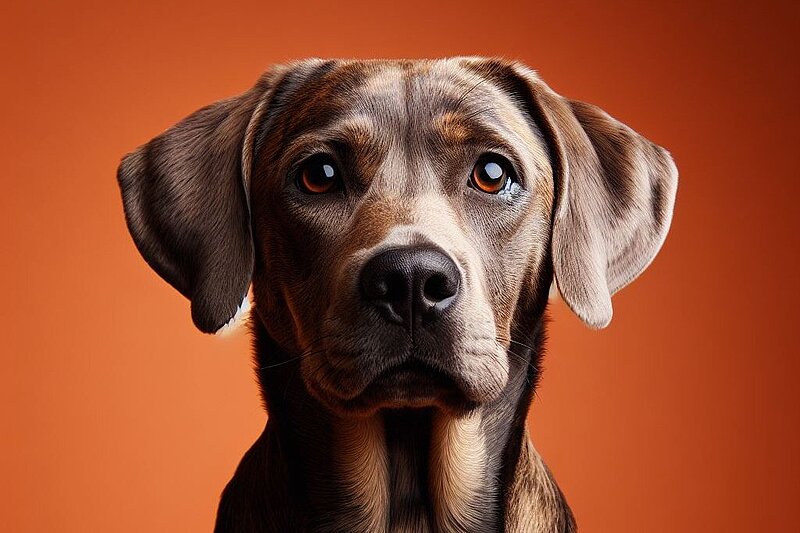Cão de Castro Laboreiro: The proud guardian from the Portuguese mountains
The history of the Cão de Castro Laboreiro
The Cão de Castro Laboreiro originates from the small village of Castro Laboreiro in the north of Portugal. This breed has existed for centuries and has established itself as an irreplaceable helper for farmers in the region. Originally, the Cão de Castro Laboreiro was bred to protect herds from predators such as wolves. Its job was to guard the herds at night and defend the boundaries of the farm during the day.
Who is the Cão de Castro Laboreiro suitable for?
This dog breed is not suitable for everyone. The Cão de Castro Laboreiro is ideal for people who have a lot of space and are looking for a loyal but independent guard dog. It needs a firm hand and consistent training. Families with large properties or farms are particularly well suited to this breed. This dog tends to feel uncomfortable in urban apartments as it needs a lot of space and exercise.
Character and behavior
The Cão de Castro Laboreiro is known for its courageous and independent character. It is extremely vigilant and has a strong need to protect its family and territory. Despite his independence, he is very loyal and develops a close bond with his owners. This dog is intelligent and capable of learning, but needs an experienced hand to set clear boundaries.
Interactions with children and other animals
With proper socialization, the Cão de Castro Laboreiro can get along well with children and other pets. He is protective by nature and can be an excellent addition to families. However, it is important to train children to interact with the dog and to get the dog used to other animals at an early age.
Appearance
The Cão de Castro Laboreiro is a large and powerful dog with an impressive build. It has a thick, weatherproof coat that protects it from the harsh conditions of the mountains. It typically has a grey or grey-brown coat color, often with a brindle pattern.
Care and health
Care instructions
The coat of the Cão de Castro Laboreiro is relatively easy to care for. Regular brushing is sufficient to remove loose hair and keep the coat healthy. A bath is only necessary occasionally, as the coat is naturally dirt-repellent. The ears should be regularly checked for dirt and cleaned to prevent infections.
Health
The Cão de Castro Laboreiro is a robust breed with good health. It is not susceptible to many of the genetic diseases that are common in other breeds. Nevertheless, regular veterinary check-ups are important to ensure that the dog remains healthy. Possible health problems include hip dysplasia and elbow dysplasia, but these are rare in this breed.
Size and weight
The Cão de Castro Laboreiro is a large dog. Males reach a shoulder height of 58 to 64 cm and weigh between 30 and 40 kg. Females are slightly smaller, with a shoulder height of 55 to 61 cm and a weight of 25 to 35 kg.
Exercise requirements
This breed has a high need for exercise and is therefore better suited to rural environments. Daily walks and enough space to run are essential to keep the dog physically and mentally active. A Cão de Castro Laboreiro in an urban environment will quickly become bored and feel underchallenged.
Training recommendations
The Cão de Castro Laboreiro requires consistent and loving training. He is intelligent and willing to learn, but can be stubborn if not given clear guidance. Positive reinforcement and patience are the keys to success. Early socialization is also important to ensure that the dog gets along well with other people and animals.
FCI recognition
The Cão de Castro Laboreiro is recognized by the Fédération Cynologique Internationale (FCI) and classified in Group 2 (Pinschers and Schnauzers, Molossoids, Swiss Mountain and Cattle Dogs and other breeds).
